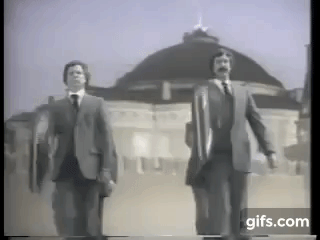How to change an organization’s culture

After over thirty forty years (now) of working with organizations, I think it’s possible to change organizational culture. But it’s far from easy!
First, many organizations deny that there’s any problem with their culture. Getting leadership to think otherwise is an uphill or hopeless battle.
Second, if an organization does get to the point where “we want to change our culture”, there’s rarely an explicit consensus of what we “need” or “might” change.
Third, culture is an emergent property of the interactions between people in the organization, not a linear consequence of deeply buried assumptions to challenge and “treat” in isolation. Prescriptive, formulaic approaches to culture change, are therefore rarely if ever successful.
Finally, organizational culture self-perpetuates through a complex web of rules and relationships whose very interconnectedness resists change. Even if you have a clear idea of what you want to do, there are no uncoupled places to start.
So, what can we do?
For concise advice, I recommend Chris Corrigan‘s excellent article The myth of managed culture change. Read it!
In particular, this excerpt caught my eye:
“Culture is an emergent set of patterns that are formed from the interactions between people. These patterns cannot be reverse engineered. Once they exist you need to change the interactions between people if you want to change the patterns.”
—Chris Corrigan, The myth of managed culture change
This is why process tools like those shared in The Power of Participation are so important. Imposed, top-down culture change regimes attempt to force people to do things differently. Chris describes this process as “cruel and violent”. Participation process tools allow people to safely explore interacting in new ways. Organizations can then transform through the resulting emergent changes that such tools facilitate and support.
Image attribution: Animated gif excerpt from “Lawyers in Love” by Jackson Browne

 Most people won’t ask questions at meetings. So how can you get authentic audience engagement at your events?
Most people won’t ask questions at meetings. So how can you get authentic audience engagement at your events?